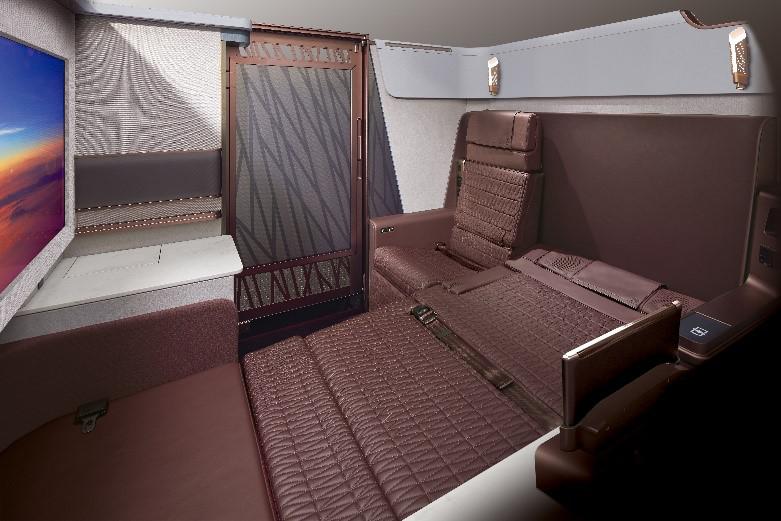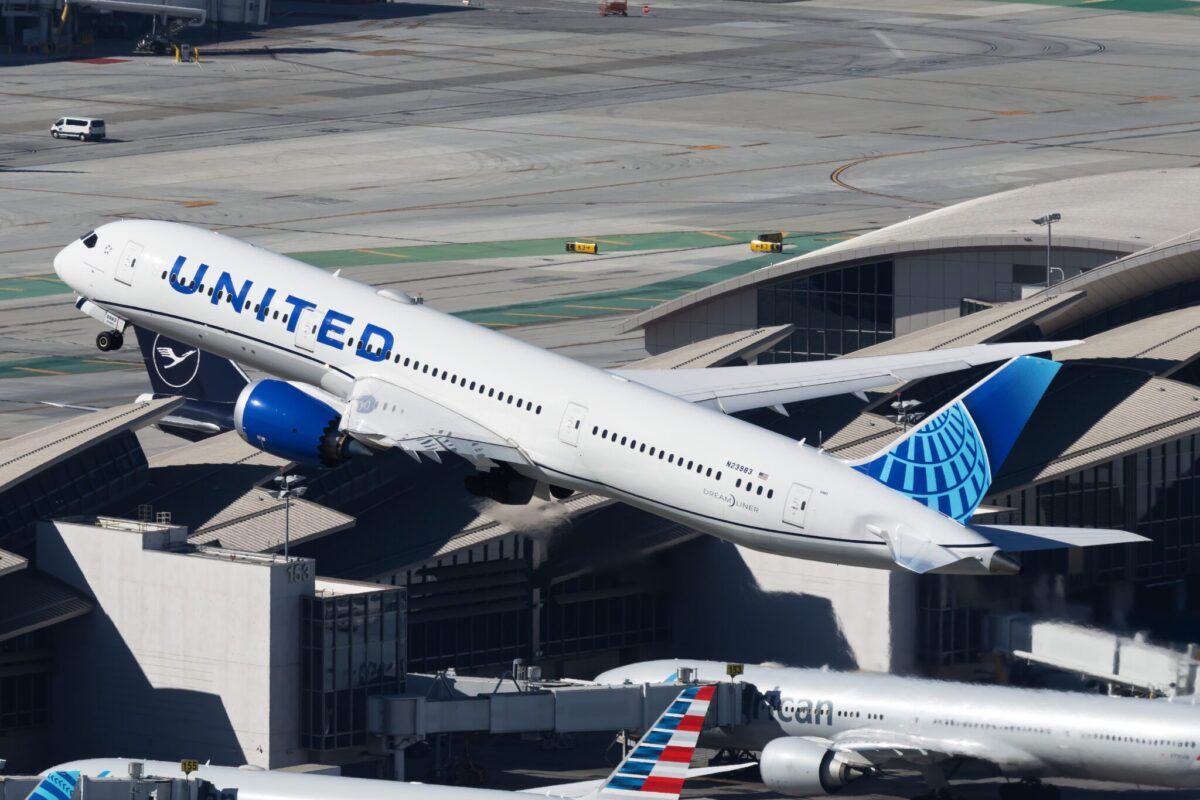Japan Airlines’ Big Updates to Business and First Class for the A350-1000

Skift Take
When it comes to premium cabins, most of the innovation happens in the Asia-Pacific region (including the Middle East). This is where most premium airlines are, and they all want the big money customers.
Japan Airlines threw its hat in the ring Monday with a new product that will come to the market in the next three months and makes it a serious contender for the long-haul travel market.
Here's what Japan Airlines announced – and what it means.
Japan Airlines to start flying the Airbus A350-1000 as its long-haul flagship aircraft. When it comes to Japanese air travel, both Japan Airlines (JAL) and All Nippon Airlines (ANA) have been neck-and-neck for years, with ANA being slightly bigger.
To keep its competitive position in the international market intact, Japan Airlines has moved forward with an ambitious plan to replace its 19-year-old Boeing 777-300ER aircraft with newer Airbus A350-1000 aircraft, the first two of which are expected this year.
The airline had 31 A350 aircraft on order, with 18 of the -900 version (16 delivered) and 13 of the -1000 version. All 13 jets are intended to be replacements and will be delivered by 2028.
Japan Airlines focuses on the premium passengers in the new A350 LOPA. Japan Airlines released details of its new A350-1000 product today, the first of which will start flying on the Tokyo Haneda to New York JFK route by the end of 2023.
The airline mentioned that its new aircraft will have 239 seats, compared to 244 seats in the 77W aircraft it will replace. However, there will be a 4% loss in the premium capacity on the plane, which the airline must hope to make up for with the new product it is introducing.
JAL to introduce fully enclosed private suites with doors for first class. The new seating arrangement for JAL will feature six suites in a 1-1-1 configuration, compared to the current eight first-class seats. Manufactured by Safran, the First Class Suite will easily be one of the most significant footprints in the plane, with the seat being 48 inches wide. Keeping up with the latest trends, JAL will go with doors on each seat, their first offering with doors.
Each seat will have a choice of three seating modes: sofa, seat and single bed or double bed and a large 43-inch monitor. The single and double bed modes differ in how much of the seat’s surface area turns fully flat and how much stays in the chair position.
Lufthansa and Etihad are some of the other airlines that have previously implemented a separate bed and chair configuration in their first-class product. Still, no one had given the option yet of reclining the chair as well.
The airline will also do away with overhead bins in first class, instead having hand baggage stowed under the seat and providing passengers with a wardrobe.
JAL will also become the first airline to introduce the innovative Euphony audio system that Safran and Devialat, the acoustic engineering company, jointly developed and demonstrated at the Airline Interiors Expo 2022 in Hamburg. Euphony is a passenger experience solution for business and first class seats that provides passengers with a headset-free individual sound experience by fitting two bespoke loudspeakers on each side of a standard headrest.
Apart from this, the seat will have wireless charging for devices and also introduce a digital monitor in the seat, which can be used to communicate with the cabin crew (a la Emirates Gamechanger First Class).
JAL adds doors to business class as well. JAL will go with Safran’s Unity platform for their business class aboard the A350-1000, in the process adding privacy doors to their business cabin for the first time as well. The aircraft will have 54 Business Class seats in a 1-2-1 configuration, also sporting individual wardrobe areas, wireless charging apparatus and the Euphony audio system fitted into the headrests as well.
This will be a big step up from the current 2-3-2 JAL Sky Suite the airline currently offers on their 777 aircraft, both in terms of the size of the seat and the total space offered to every business class guest.
In Spring of 2024, JAL will also bring dine on demand to business class long-haul flights, and a unique loan service for sleeper suits, which will be provided by Uchino Limited.
Premium Economy will add industry-first features. While Japan Airlines will reduce its Premium Economy offering from 40 on the 77W to just 24 on the A350s, it will be a massive upgrade for the product. Not only will JAL offer 42” of seat pitch, but it has also gone to add large partitions in premium economy, in an effort to improve privacy.
The seat also features calf rests that can go fully horizontal, offering you more options for how you would like to position yourself.
JAL will also introduce a paid meal offering that will provide the opportunity for passengers to have an enhanced meal on board.
JAL’s 9-abreast economy class. Japan Airlines will add about six seats in Economy class, taking it to 155 seats from 149 on the 777s. However, there will be good legroom, and in keeping with the times, the airline will also add USB-C in-seat power apart from USB-A and AC power. Customers in economy will also be able to upgrade their meal with paid options.
Overall, the airline seems to be innovating a lot in one go, given this is the first major cabin upgrade programme for the airline in about a decade. The showstoppers are all the innovation in first class and premium economy, though, with business class becoming more competitive to keep up with the times. Given the 12-hour block time of the flight, it makes the right trade-offs and intends to keep the premium customers of the airline happy.




